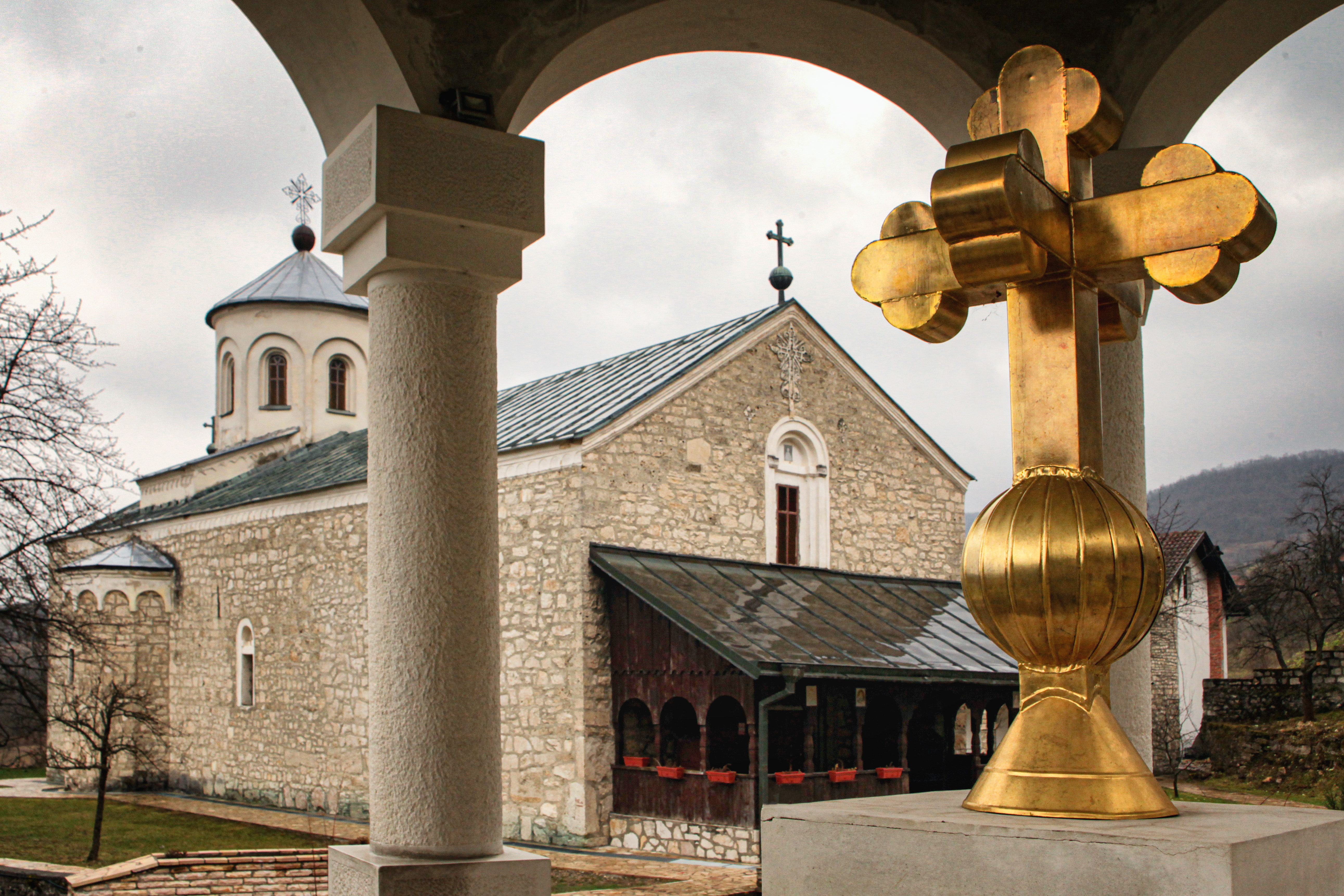|
Eparchy Of Zvornik And Tuzla
The Eparchy of Zvornik and Tuzla ( sr, Епархија зворничко-тузланска) is an eparchy of the Serbian Orthodox Church with its seat in Bijeljina, Bosnia and Herzegovina. It has jurisdiction over the north-eastern regions of Bosnia and Herzegovina. Since 2017, Bishop of Zvornik and Tuzla is Fotije Sladojević. History In the north-eastern parts of Bosnia and Herzegovina, on the territory of the present day Eparchy of Zvornik and Tuzla, there are several archeological localities that indicate the presence of early Christianity in that region during late Roman period and early Middle Ages. Since 1284, the region came under the rule of Serbian king Stefan Dragutin and soon after that an Eastern Orthodox Bishop Vasilije was appointed for all Bosnian regions, western of the river Drina. During the reign of Serbian Despots Stefan Lazarević (1389-1427) and Đurađ Branković (1427-1456), much of the north-eastern Bosnia was again under Serbian rule. During that t ... [...More Info...] [...Related Items...] OR: [Wikipedia] [Google] [Baidu] |
Eastern Orthodox
Eastern Orthodoxy, also known as Eastern Orthodox Christianity, is one of the three main branches of Chalcedonian Christianity, alongside Catholicism and Protestantism. Like the Pentarchy of the first millennium, the mainstream (or "canonical") Eastern Orthodox Church is organised into autocephalous churches independent from each other. In the 21st century, the number of mainstream autocephalous churches is seventeen; there also exist autocephalous churches unrecognized by those mainstream ones. Autocephalous churches choose their own primate. Autocephalous churches can have jurisdiction (authority) over other churches, some of which have the status of "autonomous" which means they have more autonomy than simple eparchies. Many of these jurisdictions correspond to the territories of one or more modern states; the Patriarchate of Moscow, for example, corresponds to Russia and some of the other post-Soviet states. They can also include metropolises, bishoprics, parishes, monas ... [...More Info...] [...Related Items...] OR: [Wikipedia] [Google] [Baidu] |
Ottoman Turks
The Ottoman Turks ( tr, Osmanlı Türkleri), were the Turkic founding and sociopolitically the most dominant ethnic group of the Ottoman Empire ( 1299/1302–1922). Reliable information about the early history of Ottoman Turks remains scarce, but they take their Turkish name, ''Osmanlı'' ("Osman" became altered in some European languages as "Ottoman"), from the house of Osman I (reigned 1299–1326), the founder of the House of Osman, the ruling dynasty of the Ottoman Empire for its entire 624 years. Expanding from its base in Söğüt, the Ottoman principality began incorporating other Turkish-speaking Muslims and non-Turkish Christians. Crossing into Europe from the 1350s, coming to dominate the Mediterranean Sea and, in 1453, invading Constantinople (the capital city of the Byzantine Empire), the Ottoman Turks blocked all major land routes between Asia and Europe. Western Europeans had to find other ways to trade with the East. Brief history The "Ottomans" first ... [...More Info...] [...Related Items...] OR: [Wikipedia] [Google] [Baidu] |
